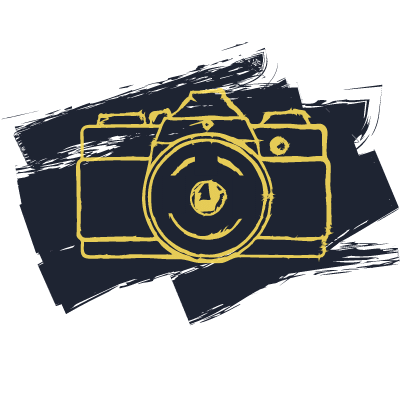Dumbest question eva!
Quote from TSTS on January 12, 2022, 1:07 pmI don't know why I am having such a blank mind on this question. When using digital camera with manual/vintage lens. The camera will ask what the lens is like 50mm. What happens when you have a manual zoom, like a 70-200mm lens. what do you tell the camera, does it matter, some cameras have lens correction...my head hurts!
Thanks!
I don't know why I am having such a blank mind on this question. When using digital camera with manual/vintage lens. The camera will ask what the lens is like 50mm. What happens when you have a manual zoom, like a 70-200mm lens. what do you tell the camera, does it matter, some cameras have lens correction...my head hurts!
Thanks!
Quote from James Warner on January 12, 2022, 2:15 pmQuote from TSTS on January 12, 2022, 1:07 pmI don't know why I am having such a blank mind on this question. When using digital camera with manual/vintage lens. The camera will ask what the lens is like 50mm. What happens when you have a manual zoom, like a 70-200mm lens. what do you tell the camera, does it matter, some cameras have lens correction...my head hurts!
Thanks!
For Pentax cameras I've only ever heard of this number being used for the sensor stabilization. Well, and exif data. You can set it to the number you know you will use on the lens (say, if you know you are shooting at 200mm anyway) or you can pick any number you want and disable stabilization. Stabilization is really nice, but not necessary if you're treating it like an old film camera without stabilization anyway.
I haven't run into this much since most of my old manual lenses are primes. But for the zooms I just pick a number and honestly have never noticed stabilization being a problem. But I've never purposely tried setting it to 70mm, then shooting at 200mm at a low shutter speed.
Quote from TSTS on January 12, 2022, 1:07 pmI don't know why I am having such a blank mind on this question. When using digital camera with manual/vintage lens. The camera will ask what the lens is like 50mm. What happens when you have a manual zoom, like a 70-200mm lens. what do you tell the camera, does it matter, some cameras have lens correction...my head hurts!
Thanks!
For Pentax cameras I've only ever heard of this number being used for the sensor stabilization. Well, and exif data. You can set it to the number you know you will use on the lens (say, if you know you are shooting at 200mm anyway) or you can pick any number you want and disable stabilization. Stabilization is really nice, but not necessary if you're treating it like an old film camera without stabilization anyway.
I haven't run into this much since most of my old manual lenses are primes. But for the zooms I just pick a number and honestly have never noticed stabilization being a problem. But I've never purposely tried setting it to 70mm, then shooting at 200mm at a low shutter speed.
Quote from KankRat on January 12, 2022, 4:26 pmOn Nikon if you use a manual lens on a DSLR body that accepts them, you can store lens 1, 2 etc. You enter a focal length and the maximum aperature. It can tell what aperture you are at based on a feeler thingy, but as far as focal length it will only record in the exif data whatever you called that lens. So if you named your 70-200mm "70mm" and took your picture at 200mm it would still record in EXIF at 70mm.
You get no lens corrections on non-chipped lenses.
I shot this on a D7000 with an 80-200mm f4.5 AI-S. The EXIF Data is all there.
Frawg | A Bullfrog | Mark Kasick | Flickr
On Nikon if you use a manual lens on a DSLR body that accepts them, you can store lens 1, 2 etc. You enter a focal length and the maximum aperature. It can tell what aperture you are at based on a feeler thingy, but as far as focal length it will only record in the exif data whatever you called that lens. So if you named your 70-200mm "70mm" and took your picture at 200mm it would still record in EXIF at 70mm.
You get no lens corrections on non-chipped lenses.
I shot this on a D7000 with an 80-200mm f4.5 AI-S. The EXIF Data is all there.
Frawg | A Bullfrog | Mark Kasick | Flickr
